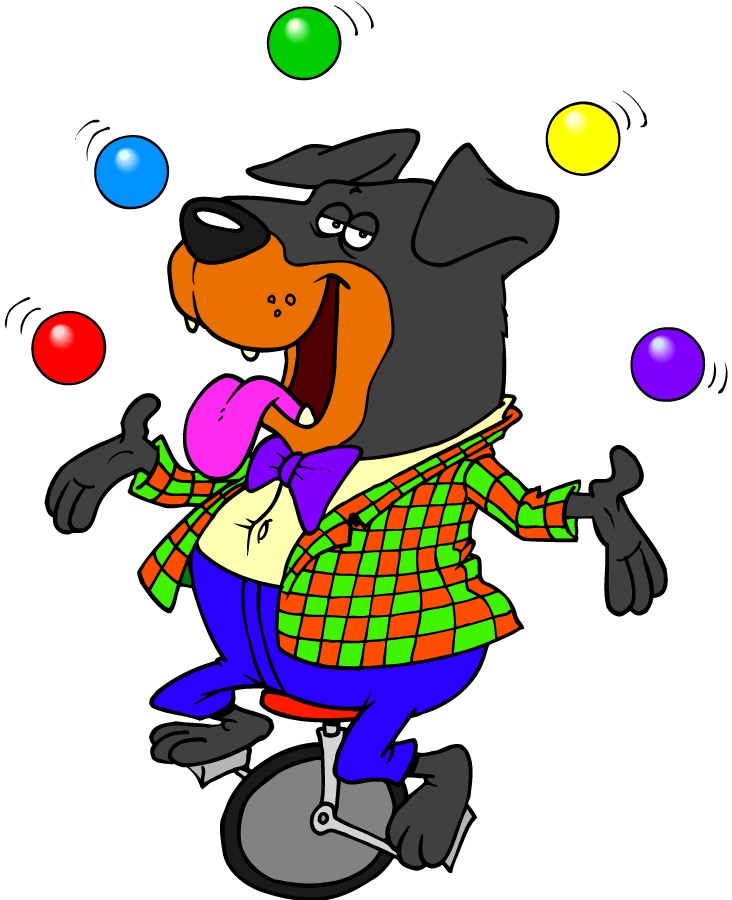 Scientists working with lab rats discovered that by providing rats with an enriched environment there was a thickening of their cortices. This is a good thing. An enriched environment for a rat might consist of mazes, toys, and novel objects. Things and activities that provided the rats with the opportunity to ‘think’. But scientists also discovered that regardless of how enriching an environment they could create the cortices of wild rats were thicker than those of the lab rats. I am sharing this information because I don’t think all of those rats should have been dissected in vain. This information is helpful to us as dog owners.
Scientists working with lab rats discovered that by providing rats with an enriched environment there was a thickening of their cortices. This is a good thing. An enriched environment for a rat might consist of mazes, toys, and novel objects. Things and activities that provided the rats with the opportunity to ‘think’. But scientists also discovered that regardless of how enriching an environment they could create the cortices of wild rats were thicker than those of the lab rats. I am sharing this information because I don’t think all of those rats should have been dissected in vain. This information is helpful to us as dog owners.
Dogs who grow up in confined or limited spaces are affected much as lab rats are (I am extrapolating on this since I am not aware of any specific studies on dog brains, but mammalian brains are similar in many ways, so go with me on this one, or not). This does not mean that our puppy mill, hoarder or backyard kenneled dogs are stupid but it might mean that we need to give these rescued dogs more time, more attention and consideration when we are expecting them to learn new skills and behaviors. Interactions with humans that make sense to a dog with more early experience with novelty and handling, may not make sense to a deprived dog, and this can contribute to their level of fear and anxiety. Dogs are amazingly adaptable but perhaps their ability to adapt is due in part to their ability to think things through and come to a conclusion that makes sense for them beyond their initial fright.
I am not sure at what point a cortex ceases to grow, or if it ever does, brains it turns out are much more plastic (changeable) than had been thought. But as handlers we can do whatever we can to help our fearful dogs by providing them with the opportunity to change whatever parts of their brains is possible. We don’t do this by flooding them with novelty when their brains are not prepared to deal with it. We do it by providing them with an environment in which they feel safe and then begin to add interesting and non-threatening diversity to it. Giving my fearful dogs the opportunity to feel safe and use their brains and bodies in ways that delight them is good for them, and it delights the heck out of me as well.





